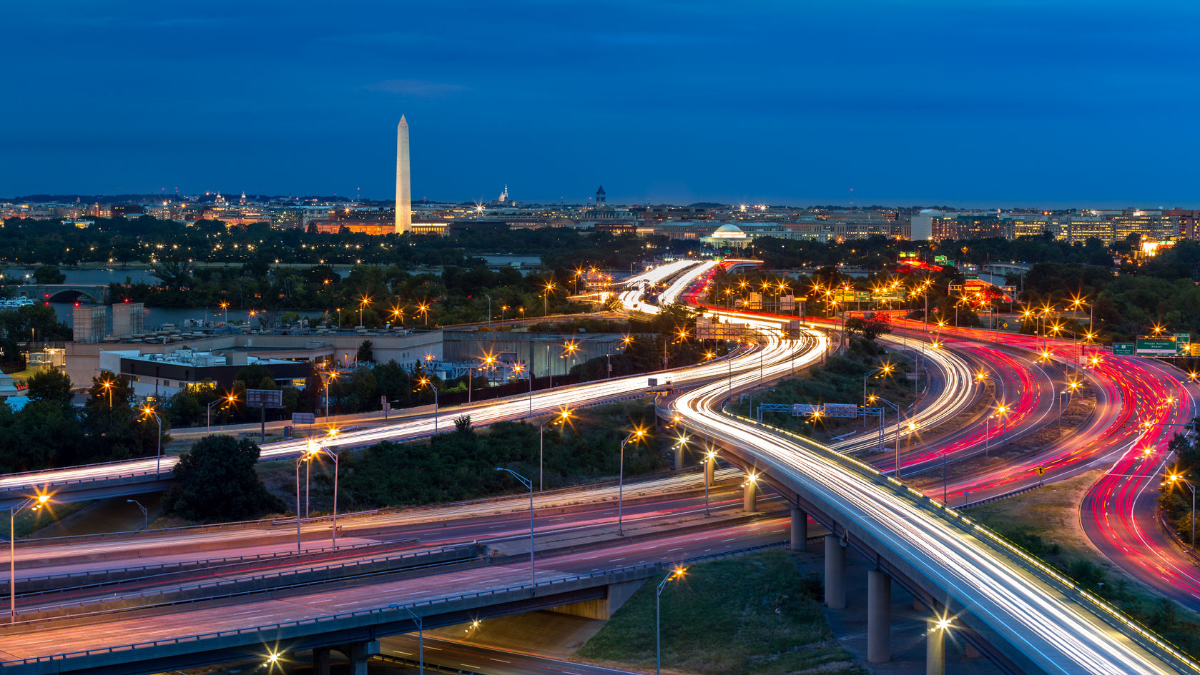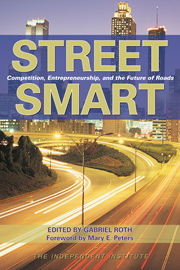President-elect Trump promised to steer an additional $1 trillion worth of new infrastructure into the U.S. economy over the next ten years. Critics object that this cannot be done without raising taxes, but they are clearly off the mark: Electronically collected tolls could finance about $1 trillion worth of improvements to the Interstate Highway System, according to a 2013 study by Robert Poole at the Reason Foundation.
Indeed, private financing presents a deep, untapped well for infrastructure investments that could also fund pipelines and air traffic control, as is done successfully in Canada.
Other private financing methods, along with conventional tolls, are also an option for funding road improvements. Dedicated fuel taxes, for example, could be paid to toll road providers who agree to reduce their toll revenues by an equal amount. The lower tolls would result in more traffic, while preventing road users from being charged twice for using a road.
In addition, concessions could be offered to private companies for maintaining or improving road networks that meet government standards, with compensation proportional to the volume of traffic, at rates to be determined by open bidding. (These may run 2 or 3 cents per vehicle-mile.)
Raising enough money for infrastructure is not, however, an end in itself. Hopefully, the Trump administration will strive to ensure that benefits from infrastructure projects exceed their costs. This could be achieved by requiring that infrastructure providers be paid, not with government subsidies, but by the parties who most benefit from the expenditures.
To the objection that the “user pays” principle is unfair to the poor, one can respond that it is the accepted norm when applied to the provision of food, water, telecommunications and many other public services. Those who feel that transportation users merit special treatment could campaign for “transportation stamps”—analogous to food stamps—so that service providers are not forced to subsidize the indigent.
Airlines, railroads, and shipping services are commercial, and they charge their customers appropriate fares or fees. But it is difficult to levy charges for road use, except for toll roads. Federal and state taxes on fuel are currently the main source of funds for U.S. roads, but they are inefficient for two reasons.
Firstly, fuel taxes relate poorly to the costs of using the roads on which they are collected: Vehicles using expensive roads may consume less fuel than vehicles using cheap ones.
Secondly, it is too easy for governments to transfer revenues paid by road users to non-road uses.
Since 1982, about 25 percent of federal fuel tax revenues have been diverted from highways to finance non-road facilities such as mass transit, bike paths, and pedestrian walkways. Furthermore, total federal fuel tax revenues no longer suffice to meet transportation investments deemed “necessary” by Washington’s politicians: Since 2008, transportation infrastructure has consumed some $70 billion from general federal revenues.
Similar disadvantages apply to fuel tax revenues raised by the states, though state governments, being closer to their road users and taxpayers, tend to be more economical than the federal government.
A good first step to closing the huge gap between infrastructure expenditures and user payments is to abolish the subsidies. The federal government forces road users to spend some $10 billion a year on non-road assets of little or no benefit to them. Those payments are not only wasteful in themselves; they also encourage states and local governments to squander money on mass transit, whose costs users are not prepared to cover—not even the operating costs. If local communities consider such expenditures important, they should pay for them themselves.
In addition to abolishing federal subsidies for transportation, there is a strong case for devising better methods of charging for road use—e.g. electronic methods (such as E-ZPass)—which, while protecting the privacy of road users, enable the fees to better reflect the costs incurred. Until such methods are in use, dedicated fuel taxes, preferably imposed by the states, seem the best way to raise revenues for road improvement.
Incentives work. Trump could help deliver more effective, efficient infrastructure by enabling private and public providers to supply facilities for which beneficiaries choose to pay. It’s time for federal subsidies to reach the end of the road.









